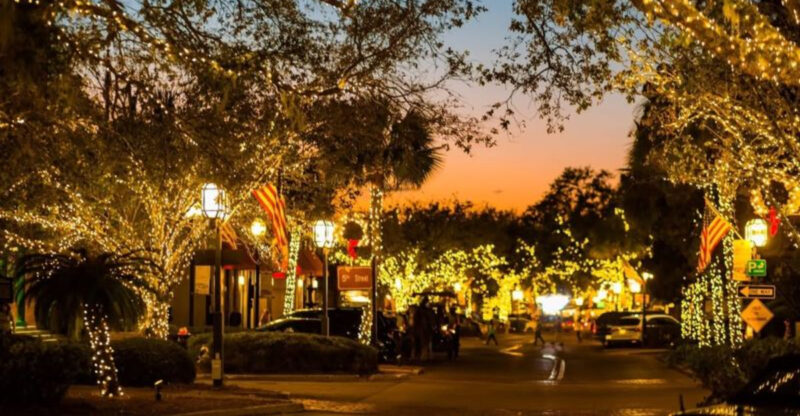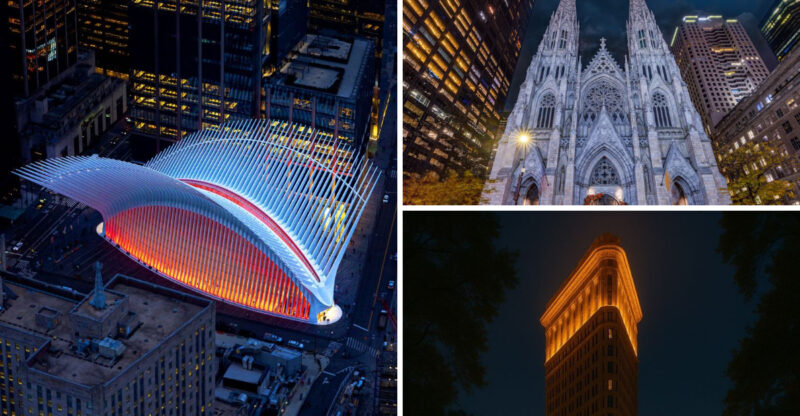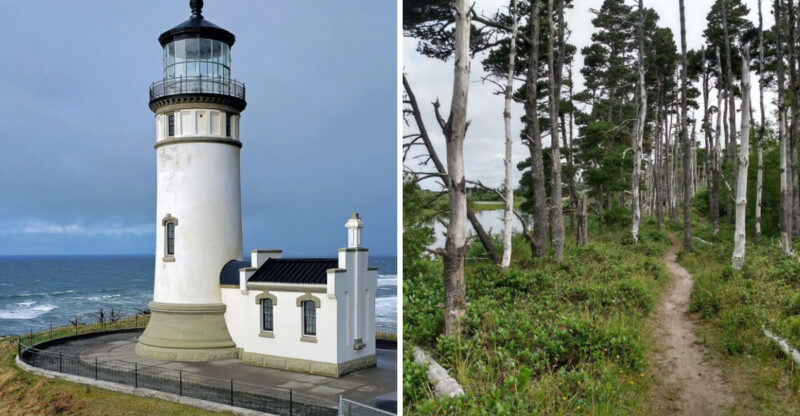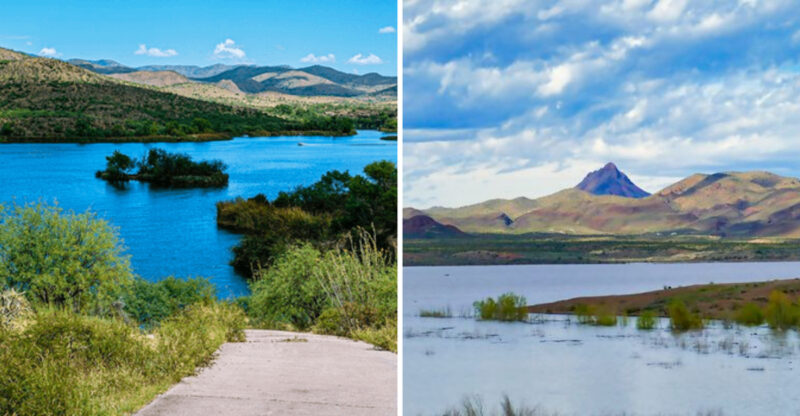This Abandoned California Town Holds Hidden Stories

Picture a dusty town frozen in time, where wooden buildings creak in the desert wind and stories of silver miners echo through empty streets.
Calico sits in the Mojave Desert, a place where history comes alive through weathered buildings and colorful hills. Once bustling with thousands of fortune seekers, this ghost town now invites curious visitors to step back into the wild days of the Old West.
1. Founded In 1881 As A Silver-Mining Town
Back in 1881, prospectors struck silver in the Mojave Desert and Calico sprang to life almost overnight. Miners rushed to the area with dreams of striking it rich, building a town from scratch in the harsh desert environment.
Within months, tents turned into buildings and dirt paths became busy streets. Thousands of hopeful people arrived, transforming the empty desert into a thriving community.
I find it amazing how quickly a town could appear when precious metals were discovered. The promise of wealth created an entire civilization in one of California’s most unforgiving landscapes.
2. Had Over 500 Mines At Its Peak
At its busiest point, more than 500 mines dotted the hills surrounding Calico like Swiss cheese. Each mine represented someone’s dream of finding the next big silver vein. Miners dug deep into the mountains, creating a vast underground network beneath the colorful rocks.
The sheer number of mining operations shows just how much silver was hidden in these hills. I can barely imagine the constant sound of pickaxes and dynamite echoing through the canyons.
This incredible mining activity pulled roughly $20 million worth of silver from the earth during Calico’s heyday.
3. Named Calico For Colorful Rock Formations
Have you ever seen fabric with mixed colors and patterns called calico? That’s exactly what the mountains here looked like to early settlers. The rocks display stunning streaks of red, orange, yellow, brown, and white that remind people of printed calico cloth.
Nature painted these hills with mineral deposits over millions of years. I think the name perfectly captures the beauty that makes this place so memorable.
Even today, the radiant rock formations create a breathtaking backdrop that photographers absolutely love capturing at sunrise and sunset.
4. Abandoned After Silver Prices Collapsed
When silver prices crashed in the mid-1890s, Calico’s fate was sealed almost immediately. Mining became unprofitable, and families who had built lives here packed up and left. Streets that once buzzed with activity fell silent as the population dwindled from thousands to just a handful.
It’s heartbreaking to imagine entire families abandoning their homes because the economy shifted. By 1907, the post office closed and Calico officially became a ghost town.
Economic forces beyond anyone’s control turned a thriving community into a desert relic in just a few years.
5. Restored By Walter Knott In 1951
Walter Knott, the guy who created Knott’s Berry Farm, fell in love with Calico’s history and bought the entire town. Starting in 1951, he poured his own money into carefully restoring buildings and recreating the Old West atmosphere.
His goal was to preserve authentic California history for future generations to experience. Knott worked for years to bring Calico back to life without making it feel fake or overly commercial.
I really respect how he donated the restored town to San Bernardino County in 1966. His passion gave this ghost town a second chance.
6. California Historical Landmark No. 782
California officially recognized Calico’s importance by designating it a Historical Landmark number 782. This special status acknowledges the town’s significant role in California’s mining history and Old West development.
Getting this designation means the site receives protection and recognition as an important piece of state heritage. Not every old town earns this honor, so it really means something special.
I think it’s cool that California values preserving these glimpses into the past. The landmark status helps ensure that future generations can learn about the miners who shaped this region’s history.
7. Now Part Of Calico Ghost Town Regional Park
Today, Calico operates as a regional park managed by San Bernardino County, welcoming visitors year-round. The park includes the restored town, hiking trails, camping areas, and special event spaces. Families can explore authentic buildings, try gold panning, and experience what life was like in the 1880s.
It’s become a popular destination for school field trips and weekend adventures. I love that people can actually walk through history instead of just reading about it in books.
The park successfully balances education with entertainment, making history accessible and fun for everyone who visits.
8. Home To The Calico & Odessa Railroad
A charming narrow-gauge railroad takes visitors on scenic rides around the park’s perimeter. The Calico and Odessa Railroad offers a fun way to see the surrounding desert landscape from a different perspective. Kids especially love riding the authentic-looking train that chugs along the dusty tracks.
Though not original to the 1880s town, the railroad adds to the Old West experience. I think it’s a brilliant addition that gives tired feet a rest while exploring.
The train ride provides great photo opportunities and a chance to appreciate the harsh environment miners once called home.
9. Original Town Had Hotels, Saloons, And A Newspaper
At its peak, Calico wasn’t just mines and tents but a real town with all the amenities. Multiple hotels provided beds for miners and travelers passing through.
Saloons served beverages and entertainment where tired workers gathered after long shifts underground. The town even published its own newspaper, the Calico Print, keeping residents informed about local happenings.
Having a newspaper shows this was a legitimate community with culture and communication. I find it fascinating that such a remote desert location supported sophisticated businesses. These establishments made Calico feel like civilization in the wilderness.
10. Five Original 1880s Buildings Still Remain
Among all the restored buildings, five structures are actually original from Calico’s mining days. These authentic buildings survived over a century of desert weather, earthquakes, and abandonment.
Standing inside them gives you a genuine connection to the people who built and used them in the 1880s.
I get chills thinking about touching the same wood that miners touched 140 years ago. The other buildings are careful reconstructions based on historical photographs and records.
Knowing which ones are truly original adds an extra layer of excitement when exploring the town’s dusty streets and shops.
11. Famous CALICO Letters Visible On Nearby Hills
Just like Hollywood’s famous sign, Calico has its own massive letters spelling out the town’s name on the hillside. These white letters are visible from miles away, guiding visitors to the historic site. The sign has become an iconic landmark and popular photo backdrop for tourists.
It’s a modern addition that pays homage to the town’s colorful past and present. I think the sign cleverly bridges old and new, helping people find this hidden desert treasure.
Many visitors hike up close to the letters for spectacular views of the ghost town and the surrounding Mojave Desert landscape below.






